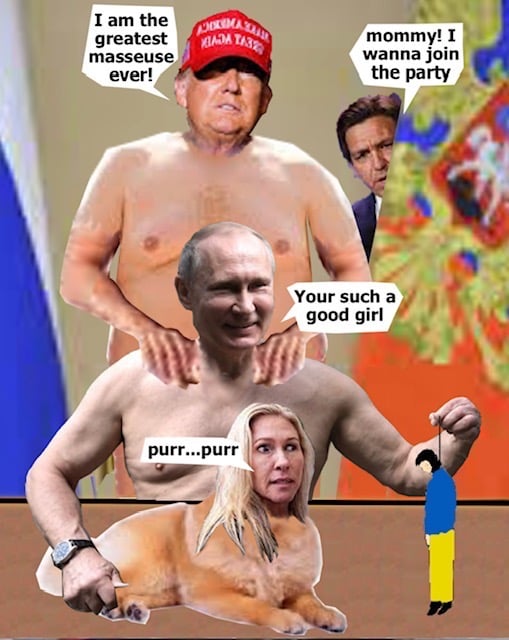Questions? Ukraine., Russian conflict
Recently, Donald Trump seems to have changed his perspective on the Ukrainian/Russian conflict. Before he was very passive and at times seemed to even hinder Ukraine’s effort to defeat the Russian aggression. so has he really changed to the point of actively supporting Ukraine, or is this just a stalling tactic, giving Russia more time to finalize victories on the battlefield?
MT
9/10/20252 min read


Viewpoint 1: Trump Has Shifted Toward Aggressively Supporting Ukraine
Supporters of this view argue that Trump has undergone a significant transformation in his approach to the Russia-Ukraine conflict:
Recent Public Statements
In September 2025, Trump declared that Ukraine could win back all its territory with European support, a stark reversal from his earlier position urging territorial concessions to Russia
Military Posturing Against Russia
Trump authorized the deployment of a nuclear submarine near Russian waters, calling it “the most lethal weapon ever made,” signaling a more aggressive deterrence posture
Consideration of Advanced Weapons
He is reportedly weighing the sale of long-range Tomahawk missiles to European allies who would then supply them to Ukraine—something he had previously opposed
Frustration with Putin
According to Estonian President Alar Karis, Trump has grown tired of fruitless negotiations with Putin and is now more open to letting Ukraine strike Russian territory with U.S.-supplied weapons.
These moves suggest a strategic pivot—possibly driven by geopolitical realities, European pressure, or disillusionment with Putin’s intransigence. Advocates argue that Trump’s actions are now aligned with deterring Russian aggression and empowering Ukraine militarily.
Viewpoint 2: Trump Is Stalling, Giving Russia Time to Win
Critics remain skeptical, viewing Trump’s recent rhetoric as political theater rather than genuine support:
Lack of Direct U.S. Commitment
Despite his statements, Trump has not committed to direct U.S. military involvement or substantial aid increases. His emphasis on European responsibility could be seen as deflection
Pattern of Mixed Signals
Trump’s stance has fluctuated repeatedly—from suggesting Ukraine should surrender to now claiming it can win. This inconsistency undermines credibility and may confuse allies
- Delayed Weapon Approvals: While considering advanced weapons transfers, Trump has yet to finalize deals. Critics argue this delay benefits Russia by slowing Ukraine’s ability to respond on the battlefield
Strategic Ambiguity
Some NATO officials worry Trump’s comments are reactive and lack strategic depth—possibly reflecting the influence of whoever he last spoke to, rather than a coherent policy shift
From this perspective, Trump’s actions are seen as calculated ambiguity—stalling meaningful support while projecting strength. This could allow Russia to consolidate gains and prolong the conflict under the guise of diplomacy.
Both views reflect the complexity of Trump’s foreign policy style: transactional, unpredictable, and often shaped by immediate circumstances. Whether his recent moves mark a genuine pivot or a tactical delay remains a matter of intense debate. Unfortunately, for the Ukrainians, time will only tell.
© 2025. All rights reserved.
Want to lend a hand
Contact socialevolutionxtra@gmail.com
